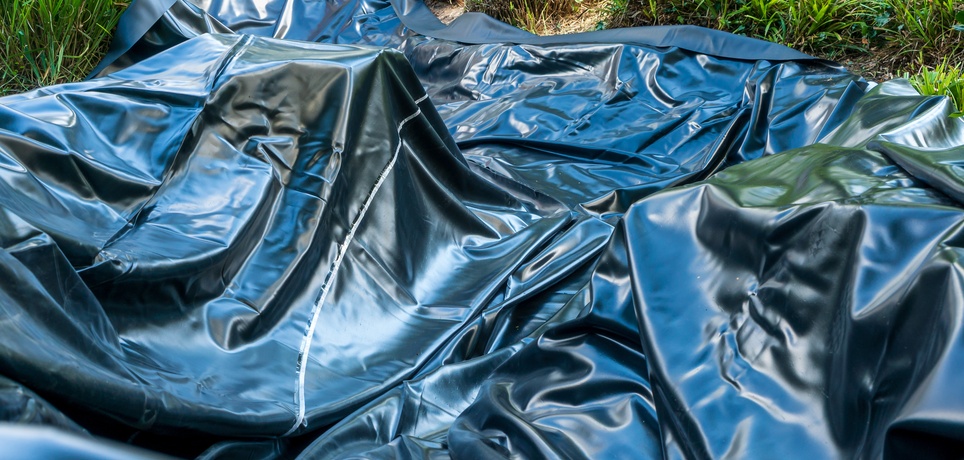Large-scale water features demand more than general-purpose liners. Project managers must think beyond price and consider long-term site conditions, usage goals, and installation challenges.
Each water feature serves a specific function—some collect sediment, others retain water for irrigation or flow management. The right liner supports that role from day one by preventing early wear, compliance issues, or unnecessary maintenance.
Know the Function and Size of the Water Feature
Large containment ponds, irrigation reservoirs, and sediment basins all require different liner characteristics. Some water features need high puncture resistance, while others rely on flexibility to conform to steep slopes or irregular excavation. Choosing the right pond liner for your water feature requires accounting for both function and footprint before specifying material thickness or layout.
Storage capacity and surface area directly influence liner gauge, anchoring needs, and panel sizing. A shallow runoff pond may not necessitate the same thickness as a deep sediment retention system with steep banks. Engineers must factor in total volume and water cycling rates when selecting a liner that will last.
Select the Proper Material for Environmental Conditions
Extreme temperatures, shifting soil, and UV exposure test liner durability over time. Wind, wildlife, and water chemistry create additional variables that require specific material performance. Western Environmental Liner is a professional liner company that provides durable geomembranes for large water features and containment ponds.
We recommend materials that resist cracking in cold climates, tolerate movement over variable soils, and maintain flexibility during installation. Projects located in high-sun regions benefit from UV-stable materials that prevent premature degradation. Clients who manage active sites with vehicle access or grazing animals often request reinforced liners with higher tear resistance.
Evaluate Installation Methods and Labor Efficiency
Construction timelines tighten quickly when crews must seam together multiple panels in the field. Large prefabricated sheets reduce seams, speed up deployment, and simplify installation on uneven terrain. You must account for installation methods, handling logistics, and crew efficiency across the entire jobsite to choose the right pond liner for your water feature.
Access limitations, slope challenges, and on-site equipment availability all affect placement strategy. Prefabricated panels lower labor hours and reduce the risk of poor seams that fail under water pressure. Choosing lighter, more durable materials also eases machine handling, especially on soft ground or steep embankments.
Plan for Longevity and Maintenance Demands
Water features that operate year-round experience constant environmental exposure. Long-term liner performance depends on resistance to UV damage, physical wear, and periodic dewatering for inspection. Thicker liners provide a stronger buffer against damage, especially in high-traffic or sediment-heavy zones.
Clients often ask about maintenance access, particularly in municipal systems where inspections follow strict seasonal schedules. Flexible liners with higher tear resistance allow for minor repairs without a full system shutdown. Contact Western Environmental Liner to get expert guidance and cost-effective solutions tailored to your project!


